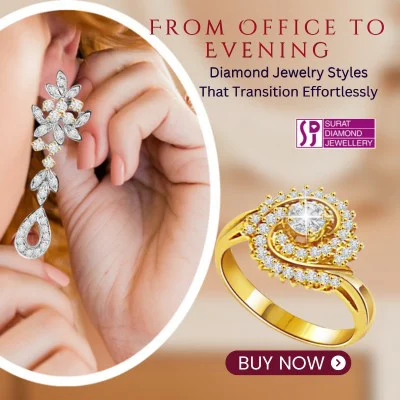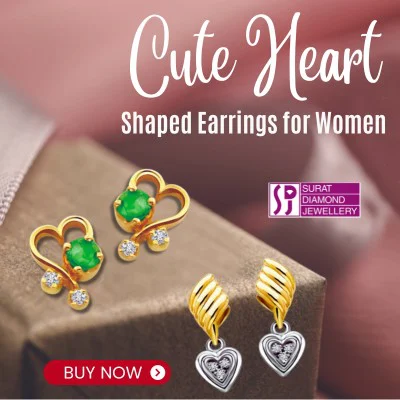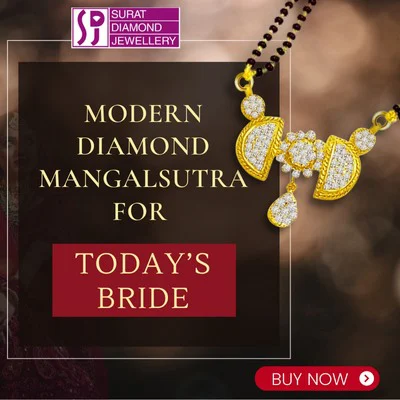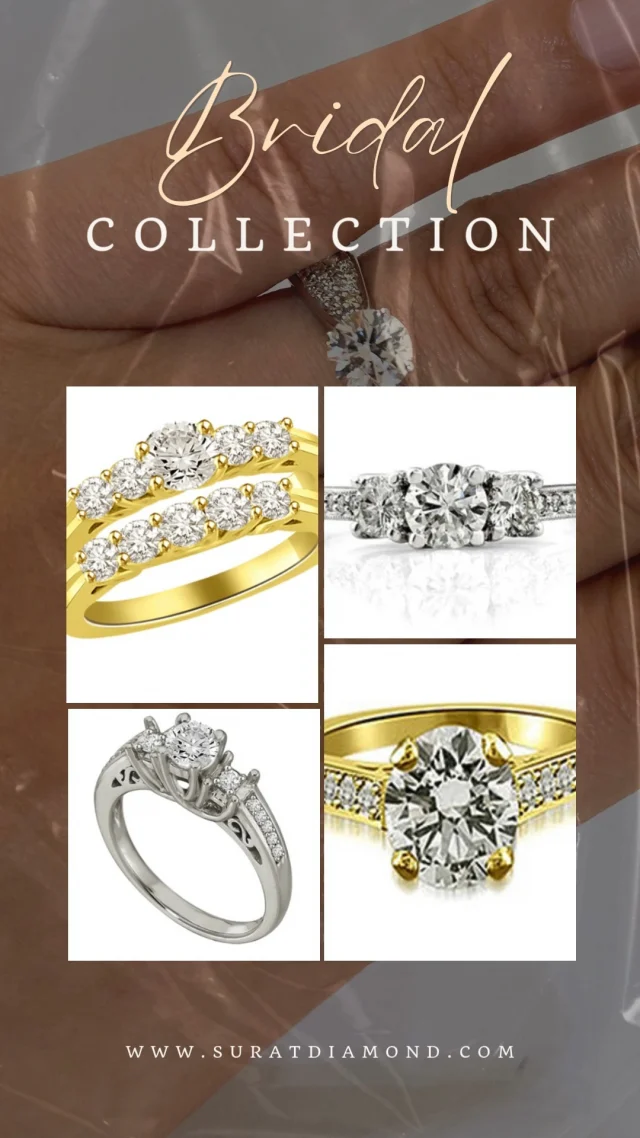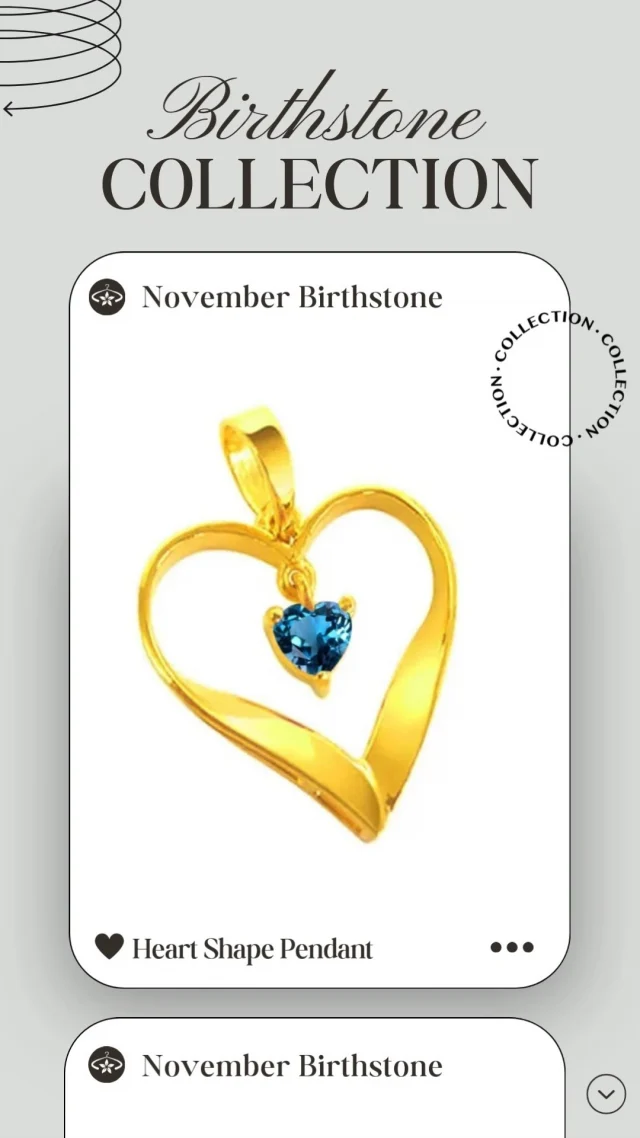How to Check Real Diamond at Home: 5 Easy Tests Anyone Can Do
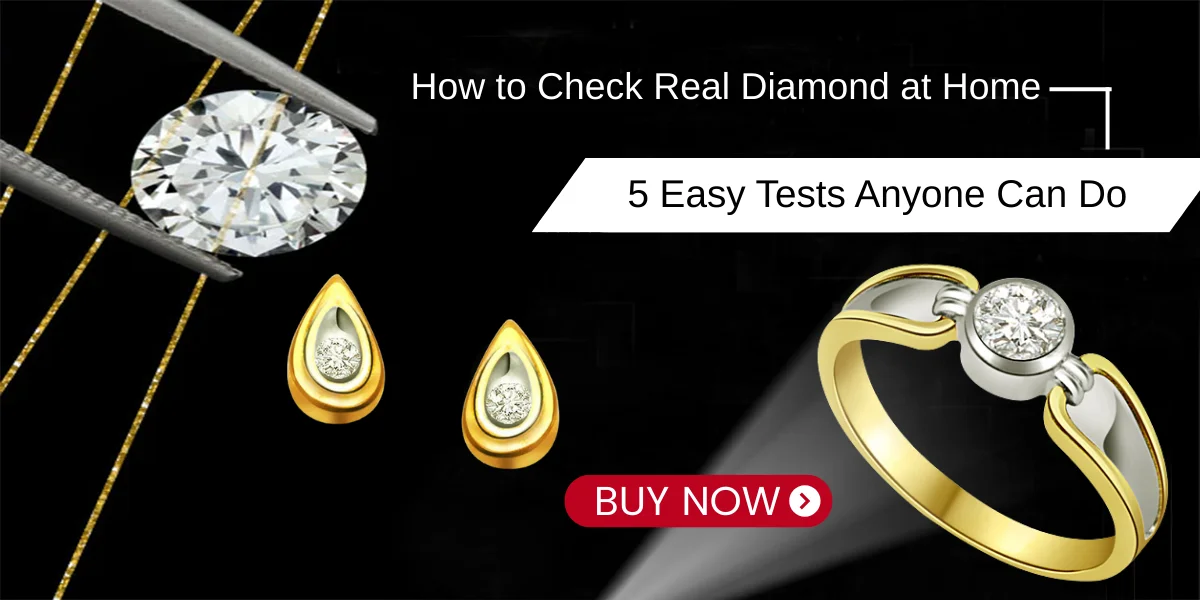
How to Check Real Diamond at Home: 5 Easy Tests Anyone Can Do
Diamonds are more than sparkling stones. They’re a promise. A moment frozen in time. A symbol of love passed through generations. But with the market flooded with imitations, how can you be sure your diamond is genuine? You don’t need fancy lab equipment or to be a gemologist. In fact, you can conduct a simple diamond authenticity test right at home with a few everyday tools. Let’s unlock the truth hidden within your gem—together.

What Defines a Real Diamond?
A real diamond is a crystallized form of carbon formed over billions of years under immense heat and pressure. It is the hardest known natural substance on Earth, with unique properties of light refraction, thermal conductivity, and density.
Why Fake Diamonds Are Common
Fake diamonds like cubic zirconia, moissanite, and glass are commonly sold as budget-friendly alternatives. But sometimes, these are misrepresented—intentionally or not. That’s why knowing how to test a diamond at home can save you from heartbreak and wasted money.
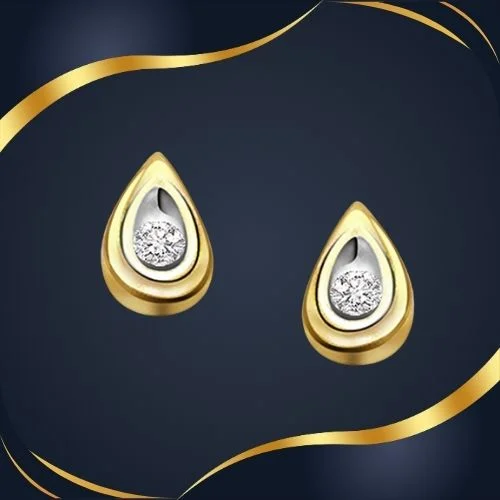
You don’t need a lab. Just gather:
- A glass of water
- A lighter or match
- Sandpaper or a mirror
- A piece of newspaper or printed paper
- UV light (optional)
- A magnifying glass or loupe (optional)
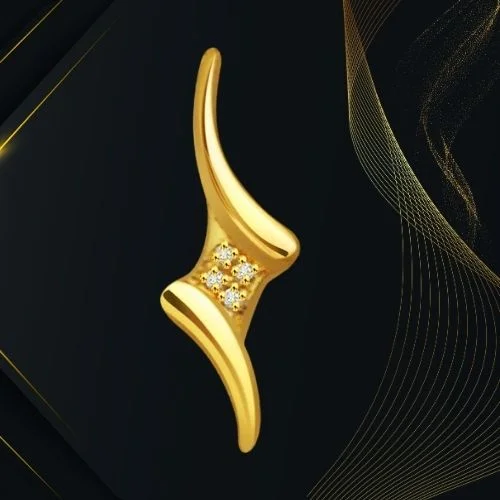
5 Easy At-Home Diamond Authenticity Tests
1 – The Water Test
How it works: Real diamonds have high density. When dropped in water, they sink.
Steps:
- Fill a glass with water.
- Drop the diamond gently in.
- Observe.
Results:
- Real diamonds sink.
- Fakes (like glass or plastic) float or hover.
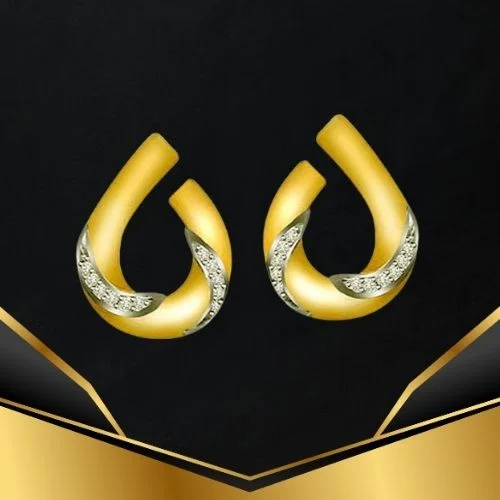
How it works: Diamonds disperse heat rapidly, so they won’t fog up easily.
Steps:
- Hold the diamond between two fingers.
- Breathe on it like you would a mirror.
- Observe.
Results:
- If it clears up instantly, it’s real.
- If it stays fogged for a few seconds, it’s likely fake.
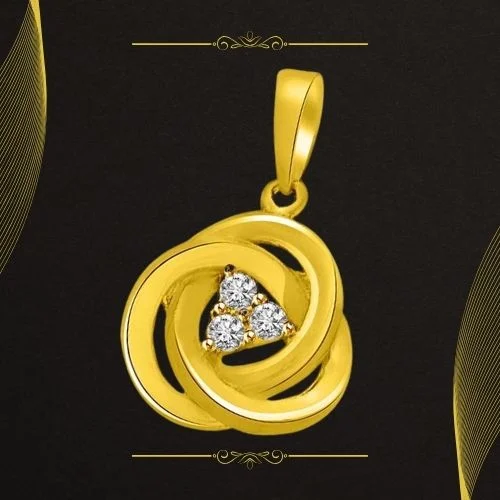
How it works: Diamonds are known for being scratch-resistant. In fact, only another diamond can scratch a diamond.
Steps:
- Try scratching a mirror or piece of glass with your stone.
- Be cautious to avoid damage to your item.
Results:
- If it scratches the glass, it might be real.
- If not, it’s probably not a diamond.

4 – The Newspaper/Read-Through Test
How it works: Diamonds bend light sharply, so you shouldn’t be able to read through them.
Steps:
- Place the diamond flat side down on printed newspaper.
- Try to read the text through the gem.
Results:
- Can’t read the letters? Likely real.
- Can clearly read them? Likely fake.
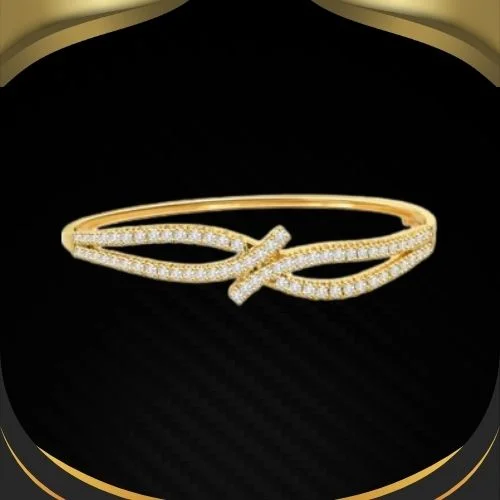
How it works: Many diamonds fluoresce blue under UV light.
Steps:
- Place the diamond under a UV flashlight.
- Turn off other lights.
- Look for a blue glow.
Results:
- Blue glow? Probably real.
- No glow? Could still be real—this test isn’t conclusive alone.

Additional At-Home Diamond Tests
Loupe Inspection for Inclusions
Using a jeweler’s loupe, look inside the stone for imperfections or inclusions. Real diamonds usually have natural flaws. Fakes tend to look too perfect.
Heat Resistance Test (With Caution)
Heat the diamond with a lighter for 30 seconds, then drop it into cold water. Real diamonds withstand thermal shock. Fakes may crack.

Don’t worry. Even if your diamond test raises doubt, it doesn’t confirm a fake. Visit a certified gemologist or a trusted jeweller. Better yet, opt for diamond pieces from verified sources like Surat Diamond, where every gem comes certified.
Common Myths About Testing Diamonds at Home
- Myth: All real diamonds glow under UV light.
Truth: Not all do. About 30% of natural diamonds fluoresce. - Myth: Real diamonds cut glass.
Truth: So do some fakes like moissanite. It’s not a sole proof. - Myth: You can microwave a diamond to test it.
Truth: Please don’t. That’s dangerous and unscientific.

Comparing Real vs Fake Diamonds
Moissanite vs Diamond
Moissanite has a rainbow sparkle and is almost as hard. It passes many tests but will fail the newspaper and UV tests.
Cubic Zirconia vs Diamond
CZ is heavier, more brilliant (but in a fake-looking way), and doesn’t resist heat like a real diamond.
Glass Imitations
Usually easy to spot—they scratch easily and often feel lighter.
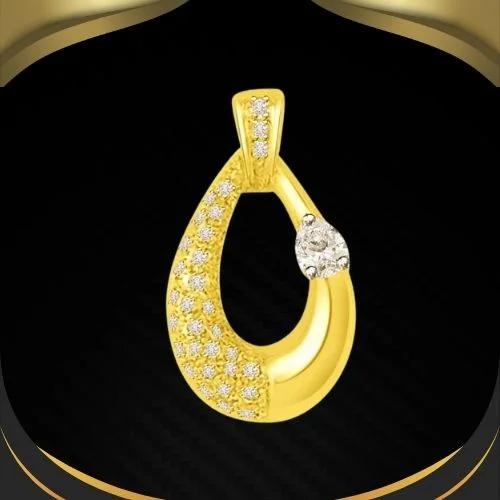
Diamond Jewellery: An Emotional Investment
Whether it’s a birthday gift or an engagement ring, diamond jewellery isn’t just about the sparkle. It’s about love, legacy, and the truth behind the stone. That’s why authenticity matters.
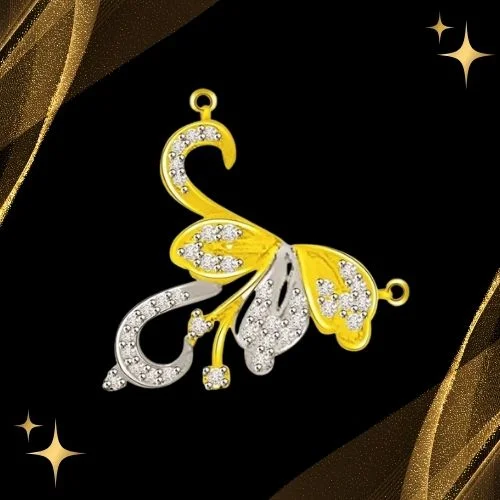
Buying Diamond Jewellery with Confidence
What Surat Diamond Offers
At Surat Diamond, we ensure you don’t need to perform home tests. Every item comes with lab-certified authenticity. You’ll find:
- Real diamond engagement rings
- Verified diamond earrings
- Authentic diamond necklaces
And peace of mind with every purchase.
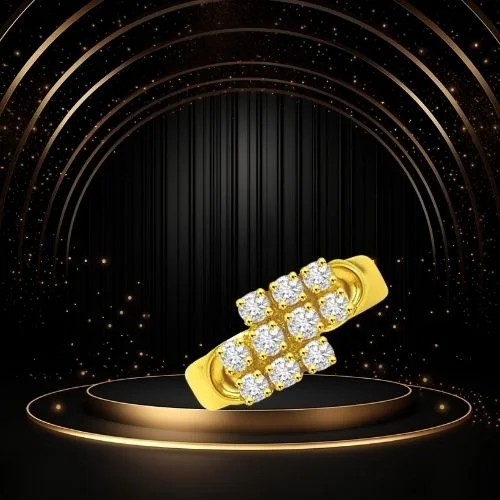
Real Diamond Jewellery Categories to Explore
- Diamond rings – From classic to contemporary styles.
- Diamond earrings – Studs, hoops, drops.
- Diamond necklaces – From solitaires to heavy bridal sets.
- Bridal jewellery sets – For the big day and beyond.
Explore all this and more at Surat Diamond.
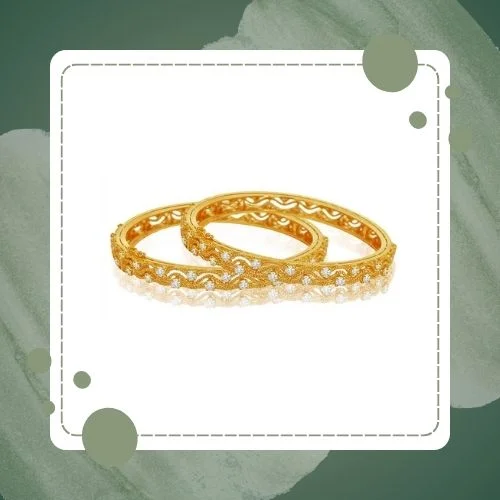
Connecting the Tests to Real-Life Usage
Bought a diamond ring online? Test it. Inherited grandma’s heirloom? Check it. These simple steps help you value what you own—and avoid being misled.
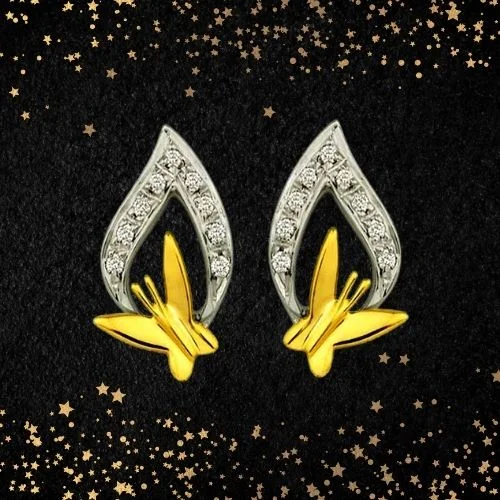
Fine-Tuning Your Diamond Knowledge
Revisiting the 4Cs
- Cut – How well it reflects light.
- Clarity – The presence of flaws.
- Color – The less color, the higher the grade.
- Carat – Weight of the diamond.
Your diamond might ace the home tests, but the 4Cs help define its true value.
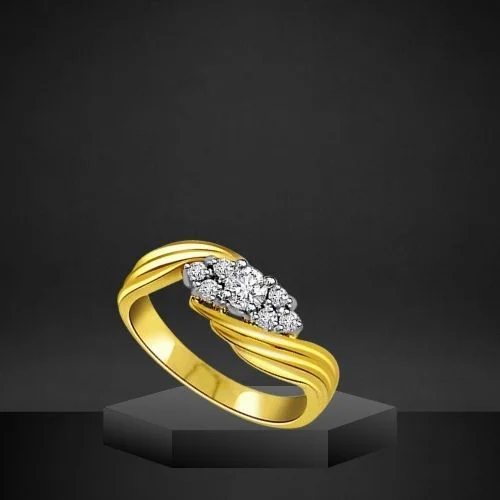
Conclusion
Diamonds are forever—but only if they’re real. Use these simple diamond authenticity tests at home to protect your heart and your wallet. And when you’re ready to buy, trust only the best. Trust Surat Diamond.
Key Takeaways
Authenticity matters, whether it’s your engagement ring or a gift passed down through generations. Thankfully, you don’t need a gem lab to figure it out. With tools as simple as water, a mirror, or a flashlight, you can easily test a diamond at home. The fog test, water drop test, UV test, and others we’ve explored here are safe, simple, and surprisingly revealing. Remember, these DIY methods aren’t 100% conclusive, but they’re powerful first steps toward certainty. If in doubt, consult an expert—or simply buy from trusted sources like Surat Diamond, where every stone tells a story—and every story is true.
Explore certified diamond jewellery now at www.suratdiamond.com.
FAQs
How can I test a diamond at home without equipment?
You can perform the water test or fog test using only a glass of water or your breath. These tests help identify fake diamonds quickly.
What is the most reliable at-home diamond test?
The fog test is one of the easiest and fairly reliable ways to check a diamond’s authenticity using just your breath.
Can fake diamonds pass the scratch test?
Some fakes like moissanite may pass, but softer materials like glass or CZ won’t. Always combine multiple tests.
Does UV light always prove a diamond is real?
No. Not all real diamonds fluoresce. About 30% show a blue glow under UV light.
Should I still get my diamond tested by a jeweler?
Yes. While home tests are great indicators, a professional evaluation confirms authenticity, especially for high-value pieces.


